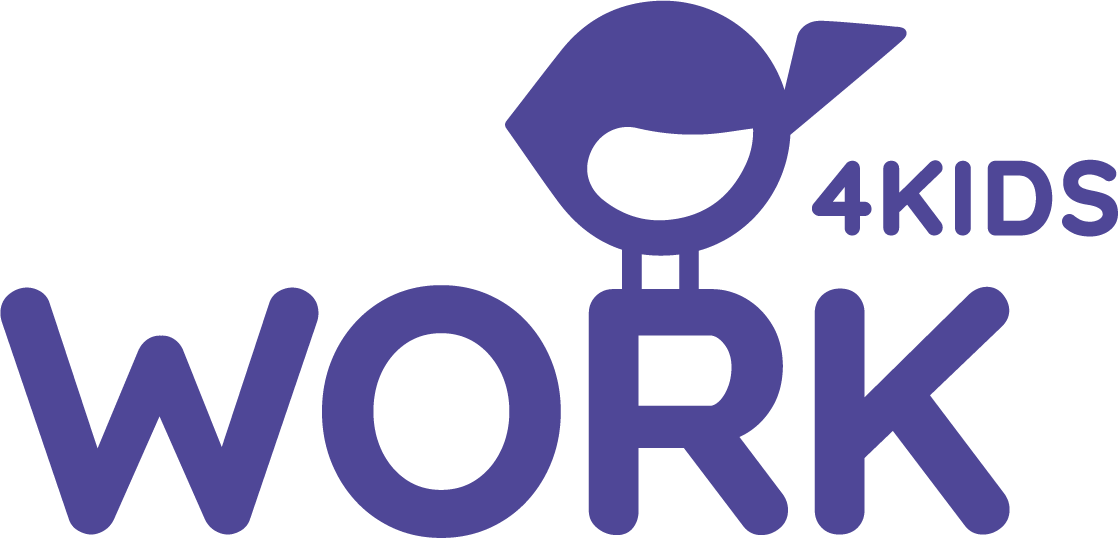Basics
Pedagogical approach
It is our aim to respect the child's personality. To see them as fully-fledged human beings.
- To help them develop their will by giving them space to make free decisions.
- Help them to think and act independently.
- Give them the opportunity to follow their own needs in life, because children don't just want to learn something, they want to learn something specific at a specific time.
- Help them to overcome difficulties instead of avoiding them.
- "Help me to do it myself" also means that the child needs guidance and help beforehand. However, too much help interferes with the child becoming independent. The right amount is important. The educator must become passive when the child is active. It is therefore a question of limiting intervention.
- The educator prepares the environment and is herself part of the prepared environment. Depending on the situation, the teacher can help, observe and stimulate. But she should always recognize when her help is no longer necessary. By stepping back, she creates the space for the child to try things out and experiment, gain their own experiences and also make mistakes.
In our crèche, we are guided by the educational principles of Maria Montessori.
Montessori's most important principle is "Help me to do it myself". This principle shows love and respect for the child. It emphasizes the independence and free choice of the child. The focus is on the child and what he or she is. Maria Montessori developed special exercise material, which includes the exercises of daily life, sensory, language, mathematics and cosmic material, in order to promote the children's mental and social development. By handling the various materials, the children can learn to "grasp" with all their senses.
Grasping is a fundamental element in Montessori education. It is based on the realization that young children experience and learn with their whole body and all their senses. For example, the children can pour water into different containers, trace sandpaper letters with their hands, explore treasures found in nature with a magnifying glass, sort color cubes, draw, make shapes, look at picture books and much more.
The children decide for themselves whether they want to play or work in pairs, in small groups or alone. The teacher is not the central focus of the activity. She indirectly helps the child to understand something, to deal with the material or, for example, to resolve a conflict fairly.
First and foremost, the prepared environment helps. This means that the materials are clearly arranged on small open shelves so that the children can take what they want at any time. However, each child is encouraged to handle the materials they have chosen carefully and to tidy them up again at the end. The freedom to choose their own activities is therefore also associated with small duties.
The design of the rooms and their adaptation to the physical and psychological characteristics of the children give them security and a sense of security. Montessori said that the outer order has an effect on the inner order.
Each Montessori material is only available once. It is also developed in such a way that the children notice mistakes themselves and learn from them. This also means that they do not need to be corrected by others and their urge to be active is not disturbed. Montessori recognized that every child takes certain steps according to their development and develops certain needs in the process. She called these "sensitive phases". These are times of particular receptivity and readiness to learn. Learning always takes place through play.
The possibility of "free work" exists so that the children can do what they need for their development. In addition to this "free work" and free play, targeted activities are also important, e.g. regular gymnastics, circle and movement games, looking at picture books, observing nature and the environment.




